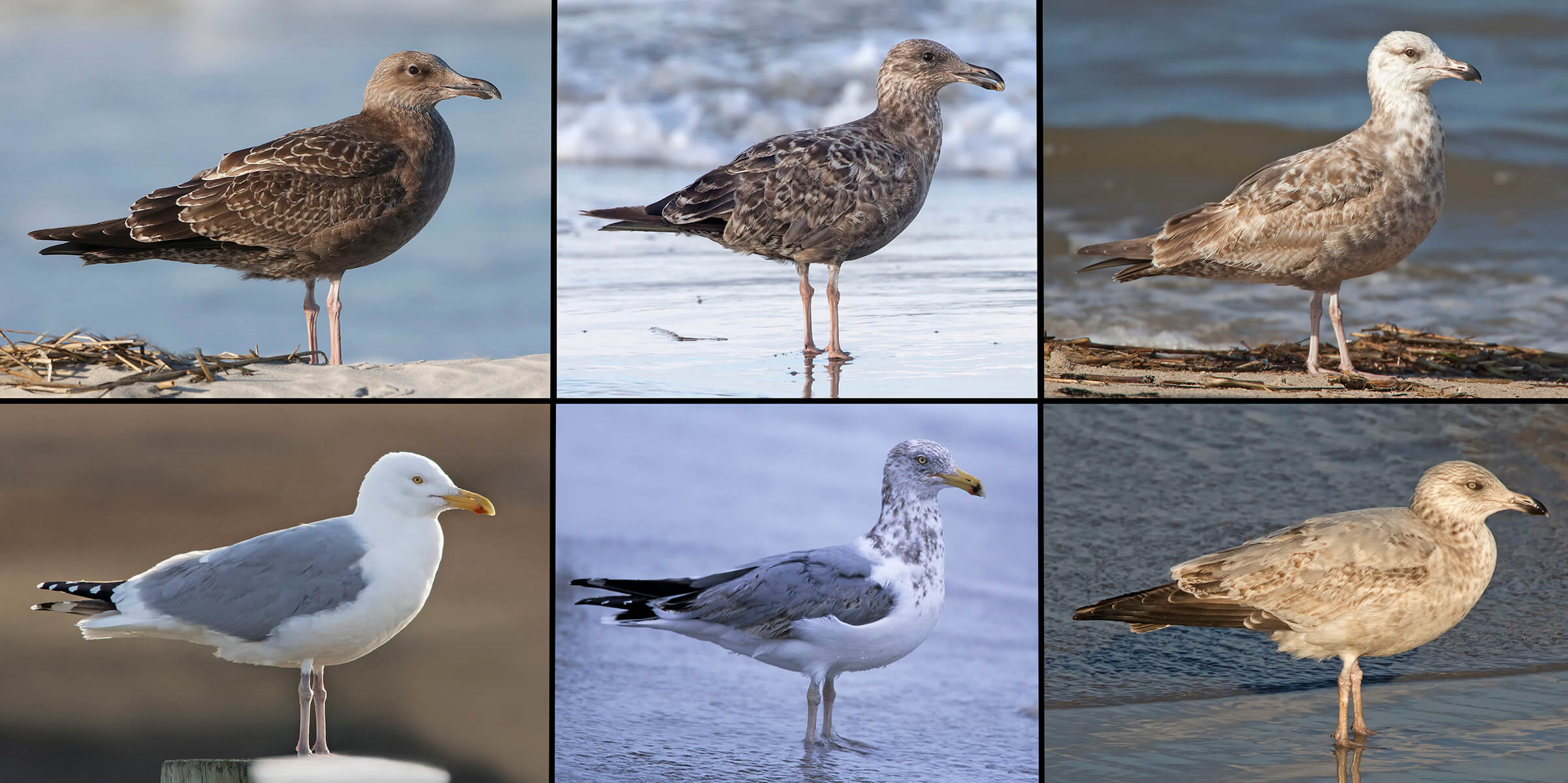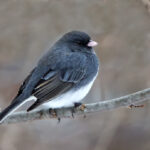Love them or hate them, gulls congregate on the Jersey Shore for many of the same reasons we do. Beautiful beaches, the company of others, and plentiful nutritious food – and I’m not talking about your French fries. And no, they’re not in it for the fun. They’re just like any other wildlife trying to survive in places that are also popular with humankind.
Nearly 20 years ago, I joined a small group of tourism professionals on a two-day mission to Washington, D.C. to speak with elected officials about promoting tourism in the state of New Jersey. Along with my colleagues who were promoting the many unique seasonal and year-round offerings in our great state, my job was to talk about nature-based tourism and the importance of healthy wildlife habitat for those seeking an experience in nature – in the most densely populated state in the U.S. “Birdwatching is the most rapidly growing form of passive outdoor recreation in the U.S.,” I said, and I had the numbers from the US Fish and Wildlife Survey to prove it.

We were taking a break in one of the cafeterias down in the hallowed corridors beneath the congressional buildings when one of my fellow travelers had an epiphany. “I know what you [New Jersey Audubon] can do! Help us get rid of the seagulls on the boardwalk in Ocean City!” Of course, we’re not in the business of getting rid of birds, but it was certainly a teachable moment.
My response was simple. Don’t feed them. I repeat, do not feed the gulls.
Ocean City has come a long way since then. It is now illegal to feed gulls and boardwalk businesses offer most of their food items in covered containers. In case the gulls didn’t quite get the message, they’ve also engaged falconers that bring birds of prey to stalk the boardwalks and scatter the gulls. Nature provides a bounty for them, but you can’t blame them for trying to snatch up a meal if it’s easy for them. So, don’t make it easy for them.
Aside from occasional aggression, the sight and sound of gulls are part of the Jersey shore experience. The handsome Laughing Gull, with its striking black head, dark gray back and loud, raucous call, migrates here and farther north along the east coast to breed and raise young. Pairs are equal partners in nest building and chick rearing, and young birds are fiercely guarded by their adults. They return to the same location to nest each year and they are largely monogamous, staying with the same partner season after season.

If you happen upon a group of Laughing Gulls perched on the ground, stop and observe their interactions for a while. Look for a face-off, in which one bird throws its head back,
pointing skyward, then lowers it to the ground, nodding up and down, calling loudly the whole time. Eventually, the other bird may turn its head away, signifying submission. These dances are rituals that maintain order in the flock.
Just like our other summer visitors, the wading birds like egrets and herons, gull populations were decimated in the late 1800’s by the feather trade. Their populations recovered in the second half of the 20th century after protections were put into place; protections that remain in place today. And while Laughing Gull populations have grown in recent years, those of New Jersey’s other gulls, like Herring and Great Black-backed gulls have experienced declines.
Gulls hold a special fascination for birders. On the surface, they’ve shown incredible adaptability in a changing world and their in-flight acrobatics rival the most aerodynamic species in nature. In addition, the same exact species may appear entirely different looking at different times of year, especially during the first few years of its life, due to their unusual molting cycles. Entire books have been written on this subject, so for now I’ll leave it at that.
Here in South Jersey, most of the nesting mentioned above is happening in the back bays behind the barrier islands. The new chicks are going to stay right on their nests for safety if they can, so the best way to see them is by boat. Grab your canoe or kayak, or get aboard The Osprey, which departs from Miss Chris Marina in Cape May, or The Skimmer, which you can catch from The Wetlands Institute or the South Jersey Marina in Cape May. There’s a lot of action in the breeding colonies all summer.
While some species of gulls are here year-round, Laughing Gulls depart for points south during the winter. In fact, the return of the first Laughing Gull is cause for celebration each spring! We can enjoy their company from a safe distance and keep a few more fries for ourselves. That’s a win-win.








